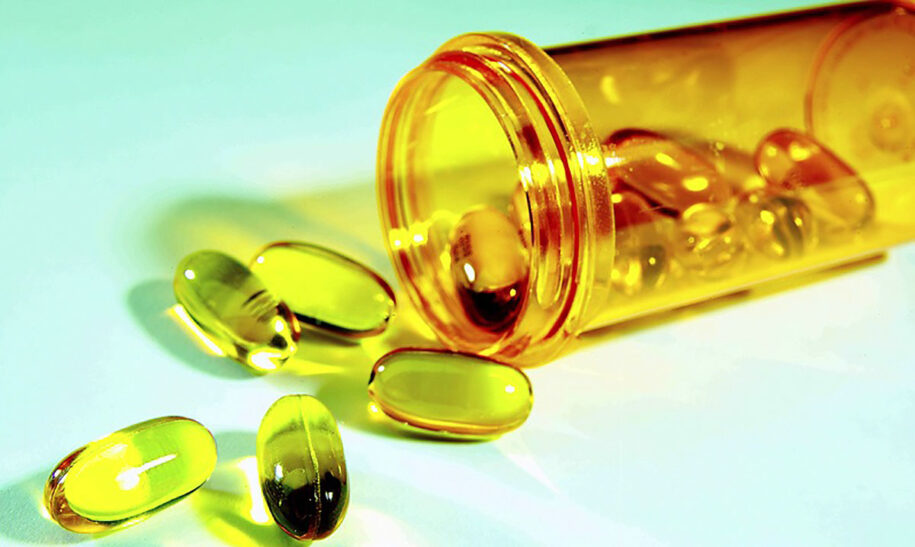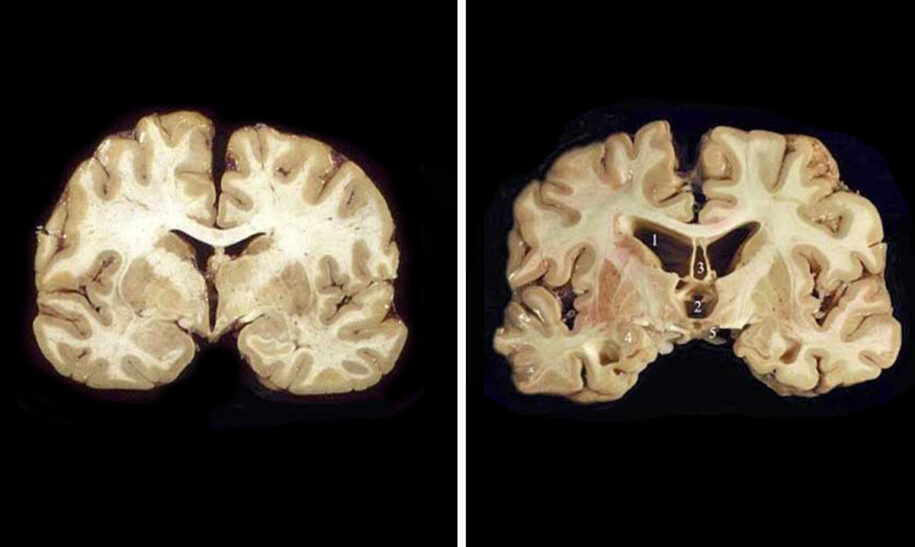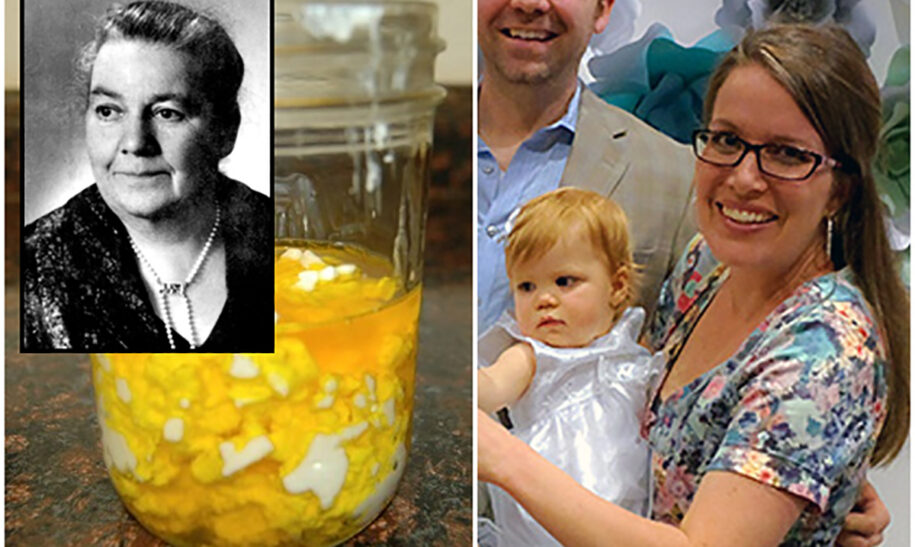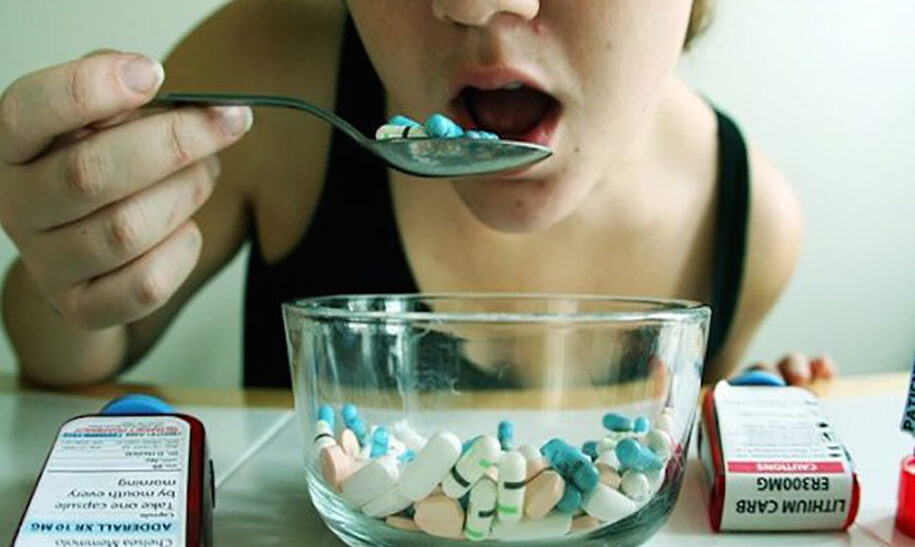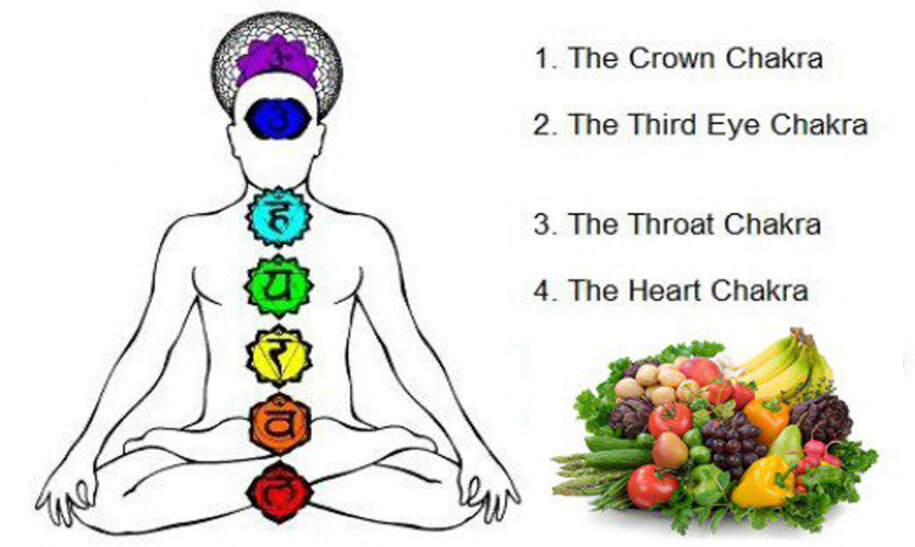
Recommended Foods That Balance Your Chakras
Our Chakras are very important as they are thought to vitalize our physical bodies. If you are familiar with the Chakras then you know that sometimes they can become imbalanced.
When this happens there are a number of ways to balance them. I for one have found that the things we eat have a direct influence on our Chakras. If you are not balanced in your chakras the following foods may help you big time.
Root Chakra
- Coffee
- Peppers
- Spinach
If this Chakra is being over stimulated then you may need to avoid these foods for awhile. This is the Chakra located at the base of your pelvic bone and provides you with security as it is your base.
Sacral Chakra
- Chocolate
- Honey
- Bananas
This Chakra when overworked will shut down and leave you feeling nothing. You will then need to cut back on these foods. It is the Chakra that helps us with our creativity and emotions so it is very important. It is located in the lower abdomen/groin area.
Solar Plexus
- Chicken
- Eggs
- Sweet potatoes
- Oranges
These foods will activate your third Chakra. If you notice yourself becoming overly egocentric then you need to shy away from them as your Chakra is doing too much. This Chakra is located in the stomach and covers things like our personal power and mental energy.
Heart Chakra
- Whole brown rice
- Cherries
- Strawberries
These foods are go-to foods when your heart is closed. You can never really ever eat too much of these foods as there is never enough love in this world. This Chakra is located in the heart as I guess you assumed and brings us love and healing.
Throat Chakra
- Wheatgrass
- Barley
- Bananas
If you are having trouble speaking the truth you need to eat these foods more often. This Chakra is located in the throat and helps us to communicate better.
Third Eye
- Vitamin E
- Chamomile
- Wheat germ
This Chakra is right between your eyebrows and brings us our intuition.
Crown Chakra
There is no real special food for this Chakra, but meditation clears it up well. It is located on the top of your head and is our connection to the Universal Life Energy.
While our Chakras are always open they are not always in the best shape. When it comes to balancing our Chakras there are many different ways this can be done. If you combine meditation with the foods mentioned above things will improve in a wonderful way. Check out the video below for information on meditation.



